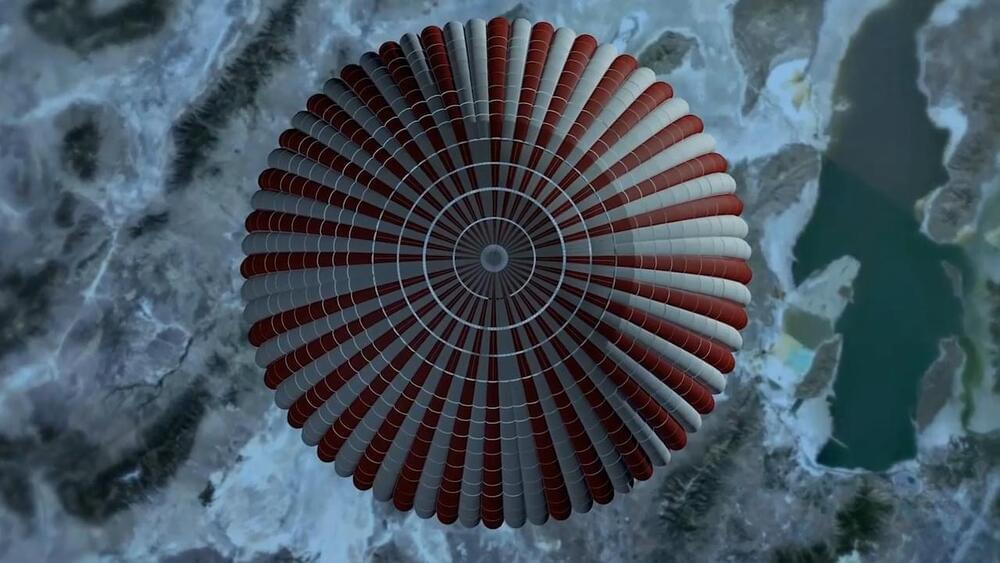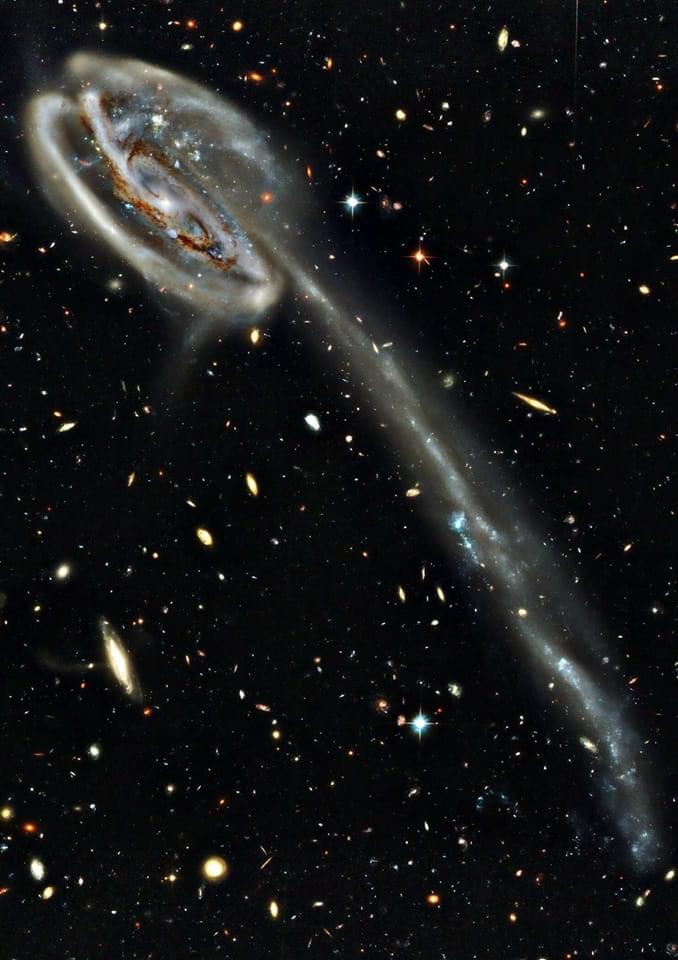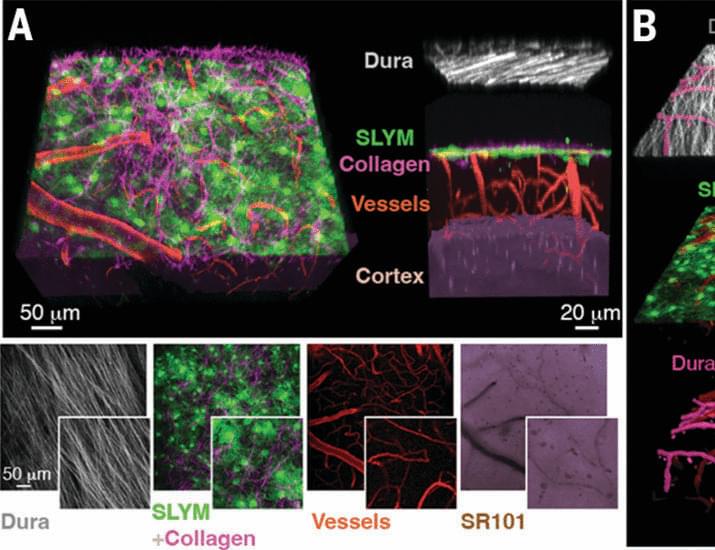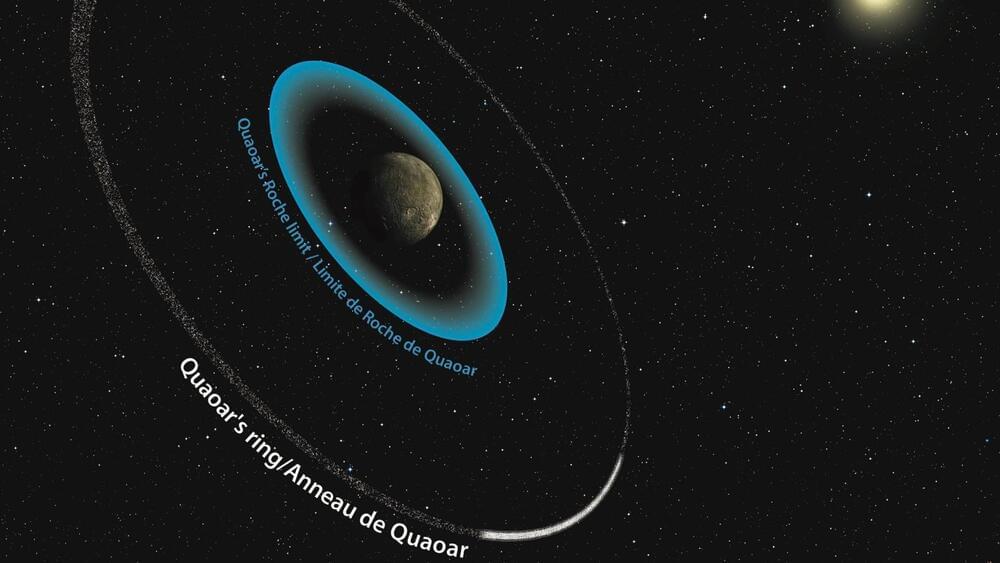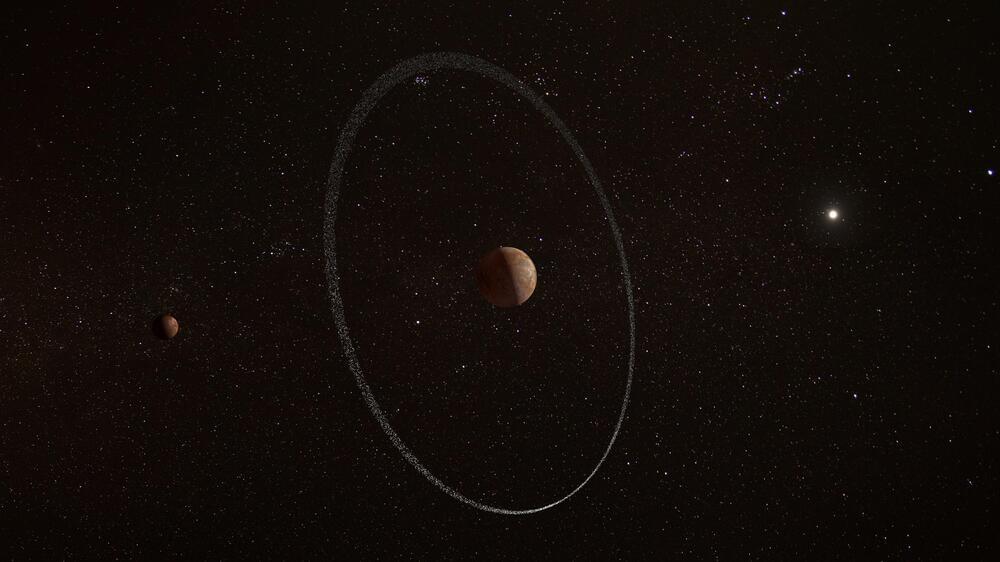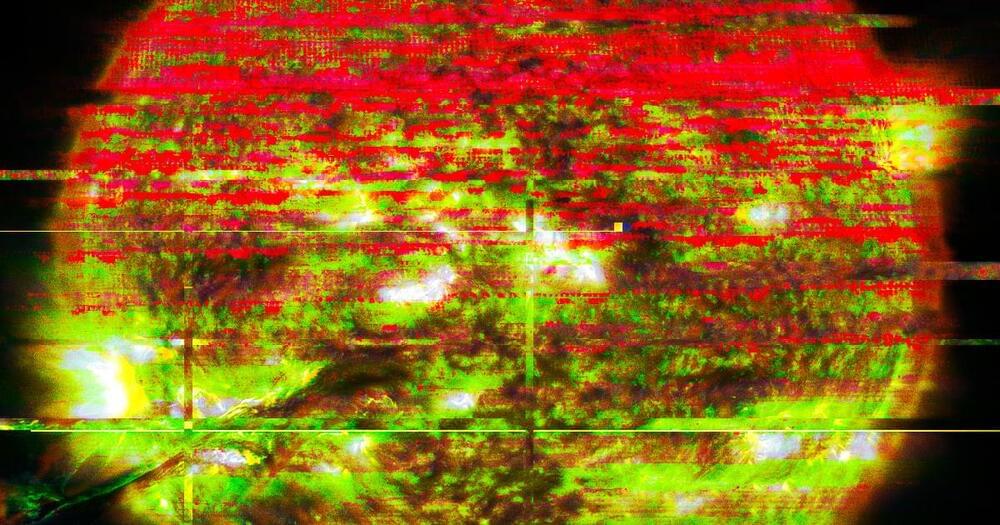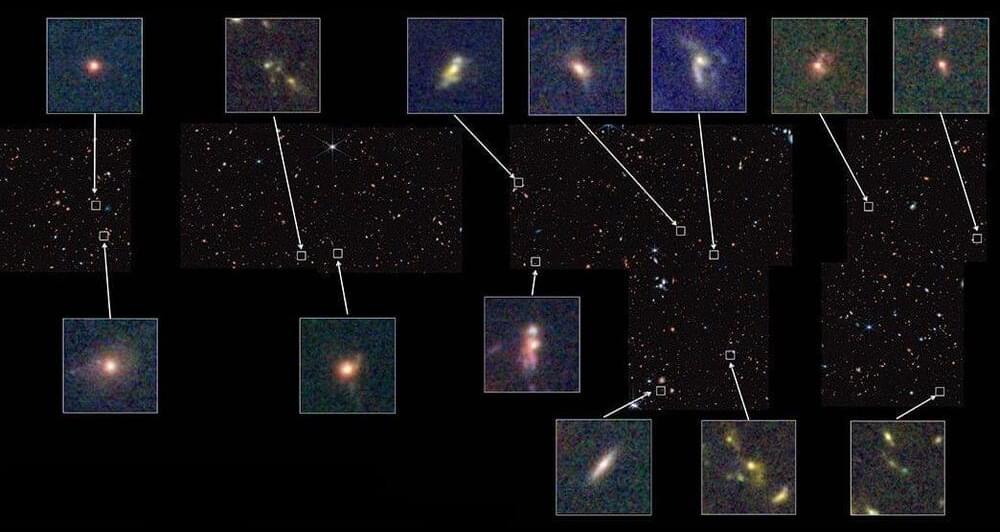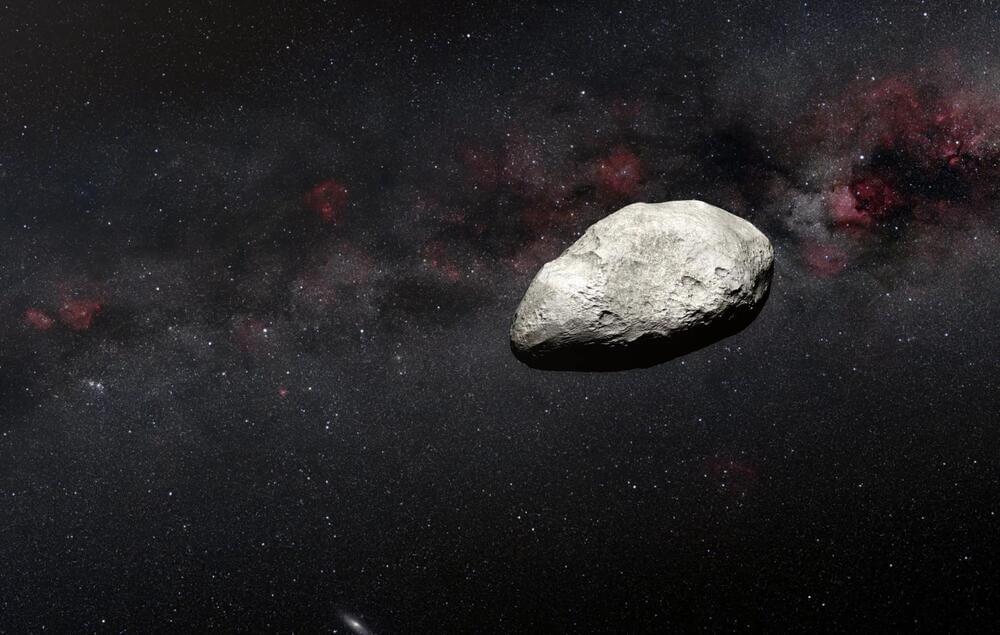Feb 9, 2023
Coming up in 2023: the OSIRIS-REx spacecraft will return its sample of asteroid Bennu to Earth!
Posted by Alberto Lao in categories: materials, space
🪨
On September 24, 2023, the sample return capsule will detach from the spacecraft, perform an entry, descent and landing sequence, and touch down in the Utah desert.
Thanks to our contribution to the mission, Canada will receive a portion of the asteroid material!
🪨.
